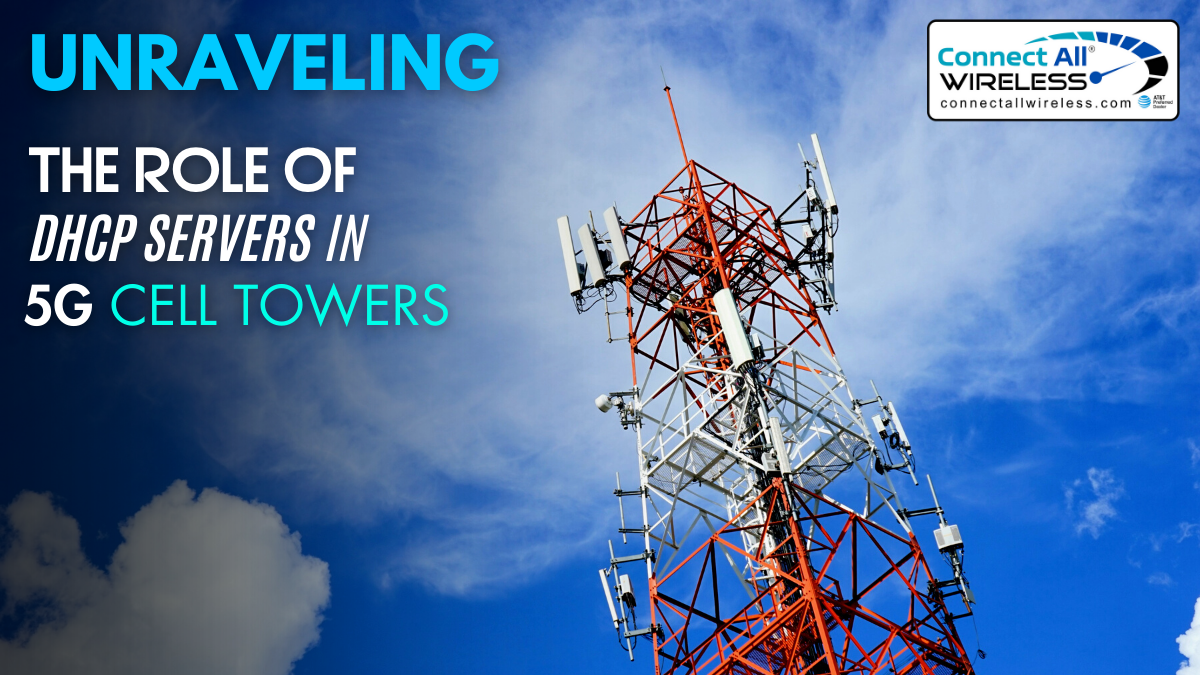Unraveling the Role of DHCP Servers in 5G Cell Towers
March 11, 2024In the dynamic landscape of telecommunications, the advent of 5G technology has ushered in a new era of connectivity, promising faster speeds, lower latency, and enhanced network capabilities. Behind the scenes, a crucial component in the 5G infrastructure that often goes unnoticed is the DHCP (Dynamic Host Configuration Protocol) server. This unsung hero plays a pivotal role in ensuring seamless communication between devices and the 5G cell towers, shaping the user experience in ways that were previously unimaginable.
Understanding 5G Technology
Before delving into the intricacies of DHCP servers, it’s essential to grasp the fundamentals of 5G technology. The fifth generation of mobile networks, 5G, represents a quantum leap from its predecessor, 4G. Its key features include exponentially higher data transfer rates, ultra-low latency, and the ability to connect a vast number of devices simultaneously. This enhanced performance is made possible through a combination of advanced technologies, including massive MIMO (Multiple Input Multiple Output), beamforming, and network slicing.
The Role of 5G Cell Towers
At the heart of 5G’s capabilities are the strategically placed cell towers that form the backbone of the network. Unlike their 4G counterparts, 5G cell towers operate on higher frequency bands, enabling faster data transmission. These towers are equipped with sophisticated antennas and networking equipment, creating a dense and interconnected web to cover large areas with high-speed connectivity.
The DHCP Dance
DHCP servers, standing for Dynamic Host Configuration Protocol servers, are the unsung choreographers in the ballet of 5G communication. These servers are responsible for dynamically assigning IP addresses to devices that connect to the 5G network. In simpler terms, when your smartphone or any other device connects to a 5G cell tower, the DHCP server ensures that it gets a unique identifier (IP address) on the network.
In the context of 5G, the role of DHCP servers becomes even more critical due to the increased number of connected devices and the dynamic nature of the network. As users move within the coverage area or new devices join the network, DHCP servers facilitate the seamless allocation and reallocation of IP addresses, ensuring a continuous and uninterrupted flow of data.
Ensuring Efficient Resource Utilization
One of the key challenges in 5G networks is the efficient utilization of resources, given the multitude of devices and the demand for high-speed, low-latency connections. DHCP servers play a crucial role in optimizing resource allocation by managing IP addresses effectively. This not only prevents address conflicts but also contributes to the overall stability and performance of the 5G network.
Security Implications
Beyond their role in IP address assignment, DHCP servers also play a vital role in securing the 5G ecosystem. By implementing security protocols and authentication mechanisms, these servers ensure that only authorized devices gain access to the network. This becomes increasingly important in the era of IoT (Internet of Things), where a diverse range of devices, from smart appliances to autonomous vehicles, rely on 5G connectivity.
Conclusion
In conclusion, as we unravel the intricate web of 5G technology, the often-overlooked but indispensable role of DHCP servers emerges as a linchpin in the seamless functioning of 5G cell towers. These servers dynamically assign and manage IP addresses, ensuring efficient resource utilization and contributing to the network’s overall stability. In the context of the burgeoning 5G wireless internet in Michigan, DHCP servers become even more crucial, facilitating the rapid deployment and management of IP addresses for a diverse array of connected devices. As Michigan embraces the transformative power of 5G, understanding the significance of DHCP servers becomes paramount, paving the way for a connected future where speed, reliability, and security converge to redefine the possibilities of communication.


